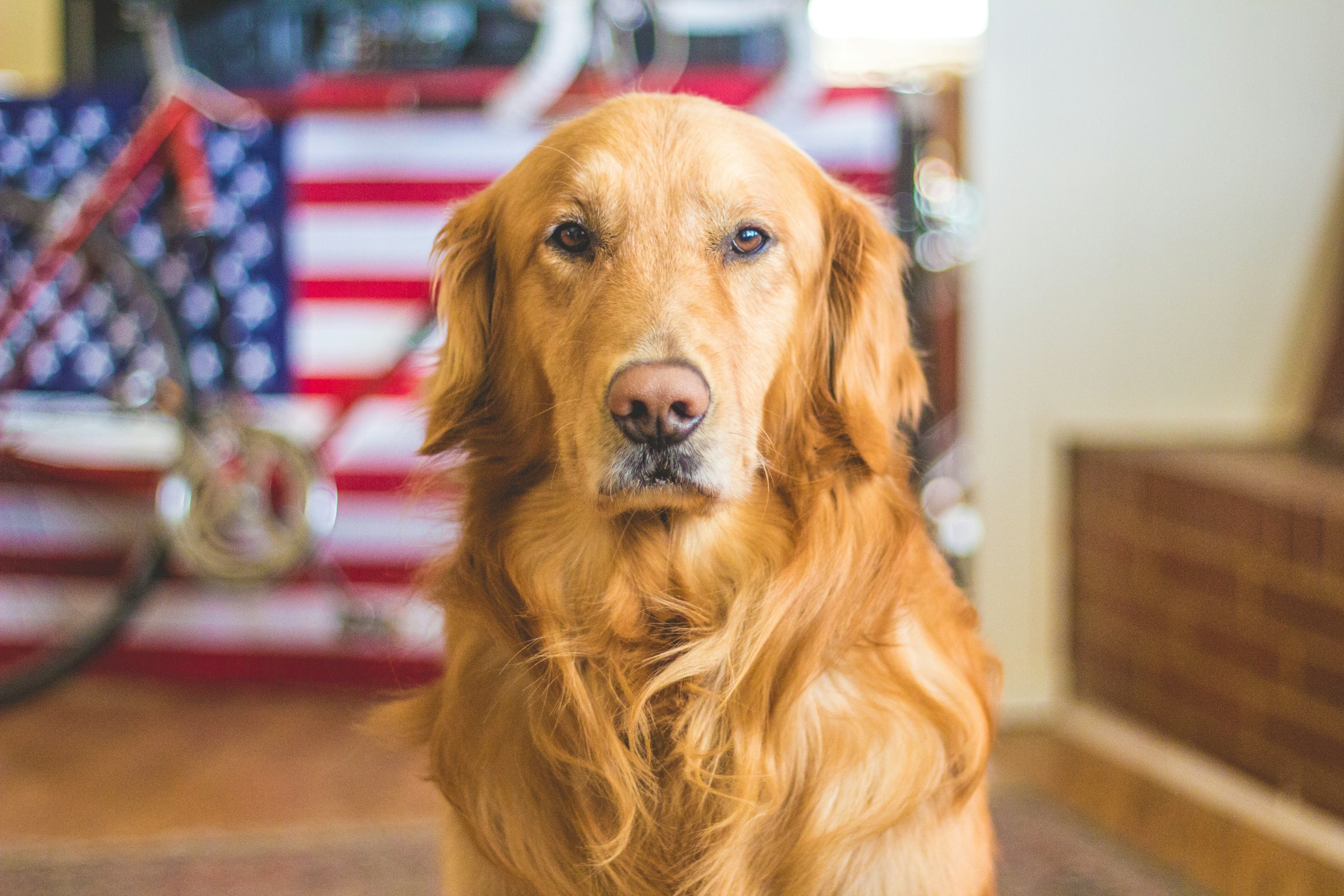A home is not just a sanctuary for humans but also for our beloved pets. While we all want a stylish and comfortable interior, it is also vital to consider the durability and practicality of our flooring, especially when our furry friends are involved. So, what exactly are the best pet-friendly flooring options for a UK home? This article will explore these options, focusing on the durability, price, maintenance and aesthetic appeal of each.
Laminate Flooring
Laminate flooring is often considered a top-choice for pet owners. It’s not only aesthetically pleasing but also reasonably priced and durable. Let’s delve a bit deeper into why laminate flooring could be a solid choice for your pet-friendly home.
A lire aussi : How do you install a solar panel on a sloped roof in a Bristol home?
One of the key advantages of laminate flooring is its resilience. Laminates can withstand the daily traffic of pets without showing signs of wear and tear. Their surface is resistant to scratches, making them ideal for homes with pets who love to play around. Moreover, they don’t absorb odours or allergens and are easy to clean, thereby maintaining a fresh and hygienic environment for your furry friend.
However, bear in mind that while laminate flooring is scratch-resistant, it can be slippery for your pets, causing them to skid around the house. To counteract this, opt for textured or embossed finishes which provide better traction for your pets.
Cela peut vous intéresser : What are the best security systems for detached homes in the UK?
Vinyl Flooring
Vinyl flooring, especially luxury vinyl flooring (LVF), is another popular choice for pet owners in the UK. Why? Let’s explore the benefits that vinyl floors can present for both you and your pet.
A critical benefit of vinyl flooring is its waterproof nature. This feature is particularly beneficial for pets prone to accidents or who love to splash water around. Moreover, LVF has a soft underfoot, which is comfortable for the pets to walk or lie on. It’s worth noting that vinyl flooring is also highly resistant to scratches, ensuring your floor retains its look, even with an active pet in the house.
However, just like with any other flooring option, vinyl flooring has its disadvantages. Though scratch-resistant, it is not entirely immune to damage. Heavy pet equipment or furniture can leave marks or dents on the surface. It’s also worth noting that poor-quality vinyl can emit volatile organic compounds (VOCs), which can be harmful to pets.
Engineered Wood Flooring
Engineered wood flooring is the go-to choice for homeowners in the UK who desire the elegance of real wood without its high maintenance. But is it pet-friendly? Definitely!
Engineered wood flooring is made up of several layers of wood, which gives it a high stability when compared to solid wood flooring. This layered structure helps to withstand the pressure of pets and prevents the floor from warping or cracking. Moreover, if the top layer of the engineered wood gets scratched, it can be sanded and refinished to restore its original look.
However, engineered wood flooring, like real wood, can be a bit slippery for pets. Therefore, it’s advisable to choose textured or hand-scraped finishes for better traction. It’s also worth noting that, while engineered wood flooring is more resistant to moisture than solid wood, it’s not entirely waterproof.
Stone Tile Flooring
For centuries, stone tile flooring has been used for its natural beauty and durability. But how does it fare in a home with pets? We’ll discover the pros and cons of this flooring option in the context of pet-friendliness.
One of the standout benefits of stone tile flooring is its durability. It’s highly resistant to scratches and damage, making it a perfect choice for homes with pets. Moreover, stone tiles naturally stay cool, providing a comfortable spot for your pet during the warmer months.
The downside? Stone tiles can be hard and uncomfortable for pets to lay on for extended periods. Also, without proper sealing, stone tiles can become porous, leading to absorption of pet accidents and odour over time.
Carpeting
Finally, let’s consider carpeting, the coziest option of them all. Carpets provide a soft and warm surface for your pets to rest and play on. But are they really the right choice for a pet-friendly home?
Carpets offer excellent comfort for pets due to their soft texture. They also provide a non-slip surface for your pet to run around on, reducing the chances of injury. Additionally, carpets can also help to dampen noise, which is especially useful for pets scared of loud noises.
The downside, however, is that carpets absorb odours, stains, and pet hair, making them relatively high maintenance. Also, they are not scratch-resistant, meaning your playful pet can easily cause visible damage.
Every pet owner knows the joy their furry friends bring to their homes. However, finding the right balance between a stylish, comfortable home and a practical one that caters to your pets can be tricky. By understanding the benefits and drawbacks of each flooring option, you can make an informed choice that best suits your lifestyle and your pet’s needs.
Cork Flooring
Cork flooring, while not as commonly used as some of the other options mentioned, has a number of advantages that make it a strong contender for pet-friendly flooring.
Cork flooring provides a soft and comfortable surface for your pets. It absorbs shock and reduces impact, making it a great choice for older pets, or those with joint issues. The soft, cushion-like surface also reduces noise, which can be a relief for pet owners with particularly active pets.
Moreover, cork flooring is known for its antimicrobial properties. It naturally repels insects and mould, reducing the risk of allergies for both you and your pets. It’s also a good choice for homes with pets prone to accidents, as it resists moisture and can be easily wiped clean.
However, despite its many advantages, cork flooring has a few drawbacks. It’s not as durable as the other options mentioned and may suffer from scratches or dents. To mitigate this, it’s advised to keep your pet’s nails trimmed and avoid dragging heavy furniture across the floor.
Conclusion
Choosing the right flooring for your pet-friendly home involves a careful consideration of many factors. While there is no one-size-fits-all solution, understanding the strengths and drawbacks of each flooring option can guide your decision-making process.
The key is to strike a balance between your aesthetic preferences, budget, and the practical needs of your pet. Whether it’s the water-resistant nature of vinyl flooring, the scratch-resistant features of laminate, the elegance of engineered wood, the durability of stone tiles, the comfort of carpets or the antimicrobial properties of cork, each option has its unique appeal.
Remember, a pet-friendly home is not only about practicality and durability, but also about creating a safe and comfortable environment for your beloved pet. With the right choice of flooring, you can ensure that your home remains stylish and comfortable, while also being a haven for your furry friend.
In conclusion, the best pet-friendly flooring option for a UK home depends on the individual needs and preferences of the homeowner and their pets. It’s always advisable to consult with a flooring professional who can provide you with more tailored advice, taking into account the specific breed, age, and habits of your pet. As long as your pet is happy and comfortable, your choice of flooring can be deemed a success!











